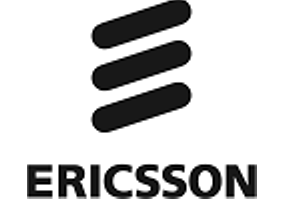Ericsson and China Telecom (Sichuan) have successfully completed China’s 5G Standalone (SA 5G) Ericsson Spectrum Sharing data call on a commercial network.
The milestone was achieved recently on China Telecom’s 2.1GHz commercial 5G network in Deyang City, Sichuan Province.
The successful demo shows that Ericsson Spectrum Sharing can be deployed on a dual mode 5G Core-enabling Standalone 5G network. It provides another option for communications service providers such as China Telecom to speed up the roll-out of 5G services.
Most 5G networks have so far been deployed in Non-Standalone (NSA) mode where the underlying 4G network layer supported the necessary signaling. SA removes this 4G dependency. With Ericsson Spectrum Sharing coupled with 5G SA technology, China Telecom can roll out *FDD New Radio 5G SA networks as part of its wider 5G commercial deployment in the country.
Enabling nationwide 5G SA coverage in FDD bands using Ericsson Spectrum Sharing will also help lay the foundation for introducing 5G services such as Voice over NR, as well as significantly extending coverage of higher frequency 5G NR **TDD bands using carrier aggregation.
Per Narvinger, head of Product Area Networks, Ericsson, says: “This achievement shows how communications service providers can use the advantages of the fast and cost-efficient 5G coverage enabled by Ericsson Spectrum Sharing to deploy 5G Standalone. This will create business opportunities for our customers and deliver superior user experiences for 5G subscribers. This is a key milestone for bringing 5G to everyone.”
The successful test paves the way for China Telecom to accelerate its 5G roll-out in Deyang using 5G SA Ericsson Spectrum Sharing. China Telecom will continue to work closely with Ericsson to speed up the commercial deployment of SA 5G with Ericsson Spectrum Sharing and expand 5G coverage quickly and efficiently across the country.
The Ericsson Spectrum Sharing data call over China Telecom’s commercial network was carried out while simultaneously serving both 5G and 4G commercial users on the same 2.1GHz spectrum. Multiple brands of third-party terminals were used in the Deyang field tests. Downlink and uplink throughput reached the expected service-level peak rates.
Ericsson and China Telecom also completed verification of basic services such as interoperability with the existing 4G base stations and voice over LTE (VoLTE).
Comment on this article below or via Twitter: @VanillaPlus OR @jcvplus






